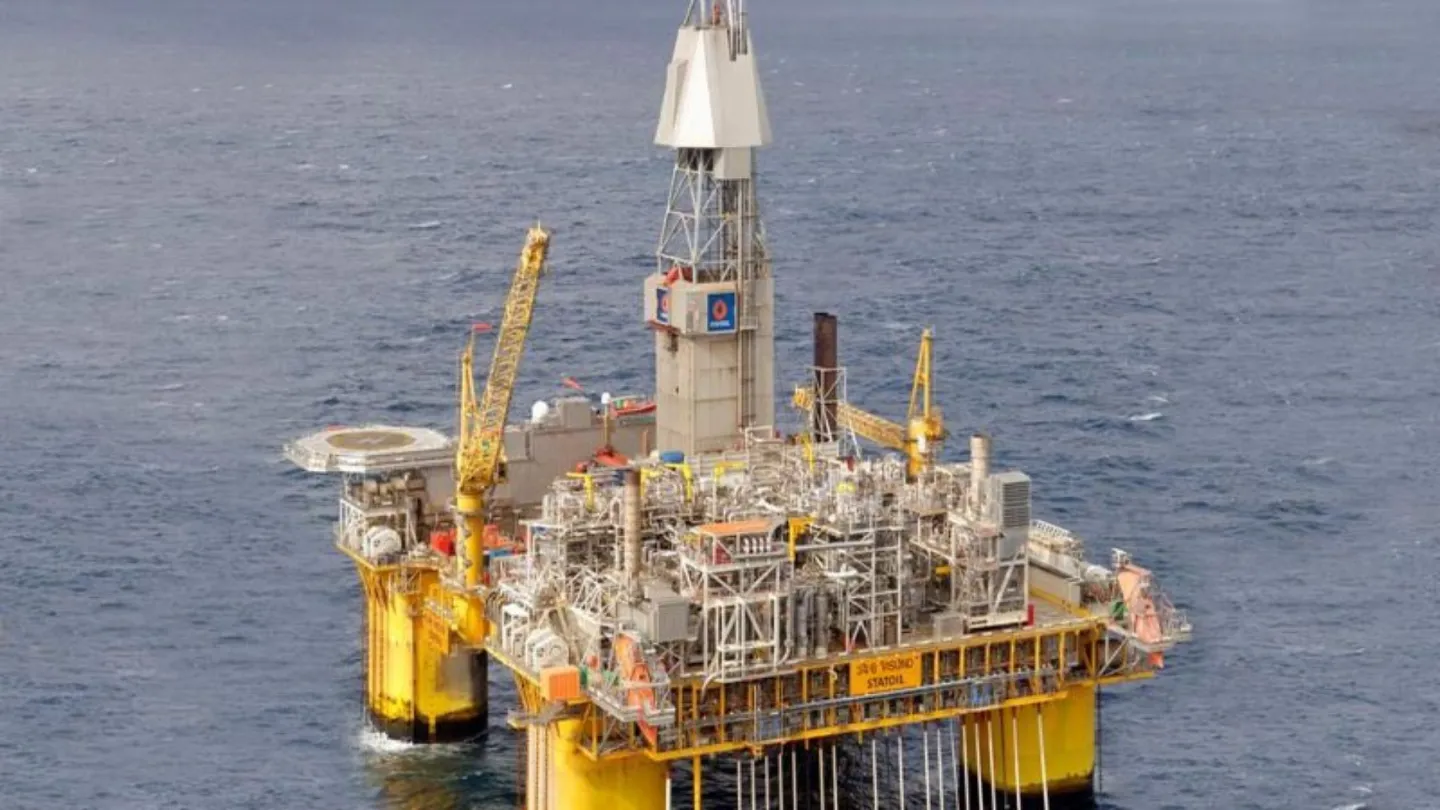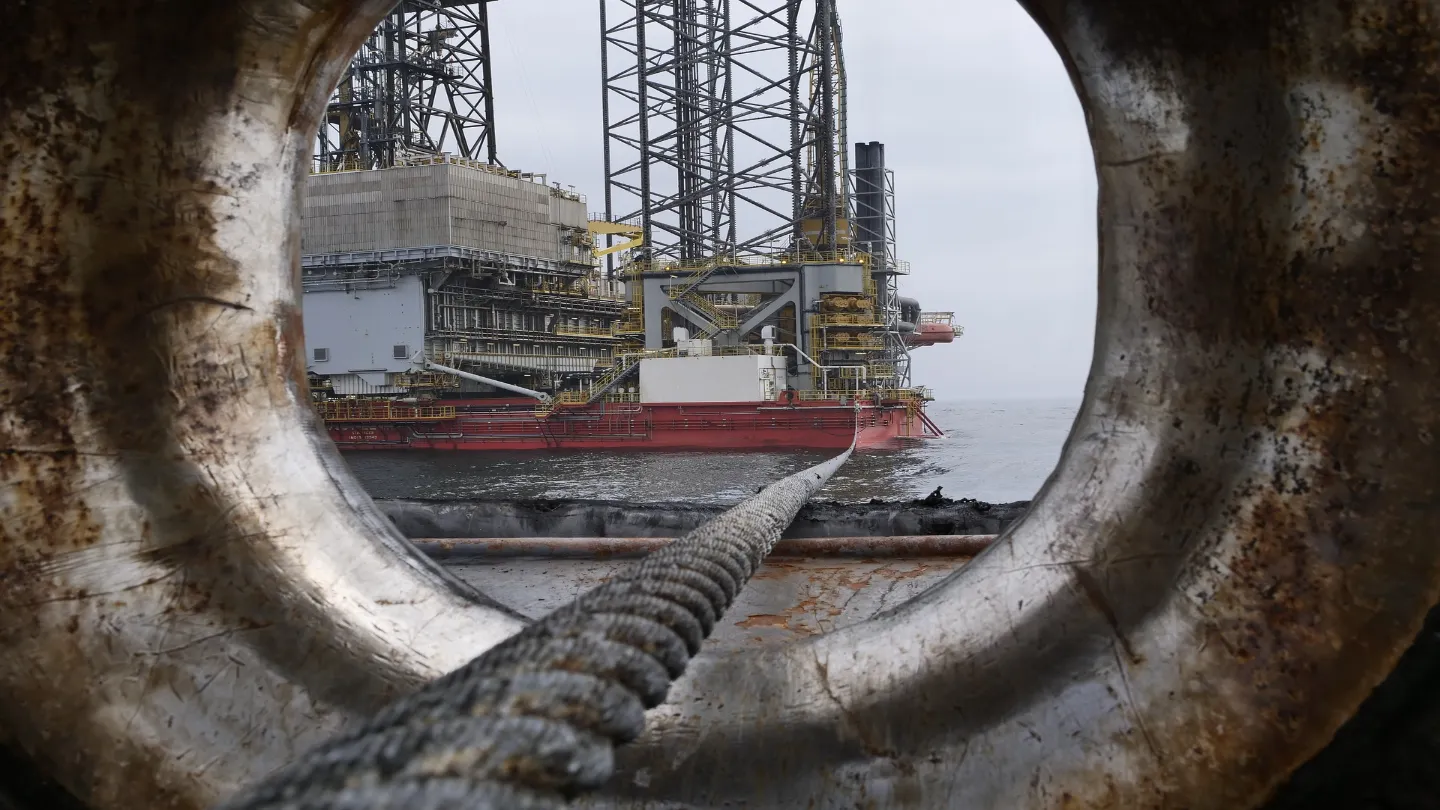Visund offshore oil and gas field is located off the coast of Norway in the northern part of the North Sea. The field was discovered in 1986 and its Plan for Development and Operation (PDO) was approved by the Norwegian Government in 1996.
Visund commenced production in April 1999.
The offshore field is operated by Equinor with a 53.2% stake. Petoro (30%), ConocoPhillips Skandinavia (9.1%), and Repsol Norge (7.7%) are the other stakeholders.
In 2017, Visund achieved an average production of 124,614 barrels of oil equivalent per day (boe/d). Oil production from the field was lower in 2023 due to technical problems and delays in drilling.
Visund Field Location
The Visund Oil and Gas Field is located in blocks 34/8 and 34/7, southeast of the Snorre Field around 140km west of Florø.
The oil and gas reservoir is situated 22km northeast of the Gullfaks Field offshore in the Tampen Area. The water depth in the region is around 335m.
Discovery, Appraisal and Development
Visund Field was discovered in 1986. The 34/8-1 exploration well was drilled on the main prospect A in block 34/8 to prove hydrocarbons in the structurally and stratigraphically highest reservoir zone called Brent Group.
The well was also drilled to test the stratigraphy and reservoir quality in the Statfjord, Cook, and Upper Lunde formations.
The semi-submersible installation Treasure Scout drilled the well in November 1985 and it reached a total depth of 3,610m in the Triassic Lunde Formation. Three drill stem tests were also performed.
In March 1986, the well was plugged as an oil and gas discovery.
Appraisal wells 34/8-3, 34/8-3 A, 34/8-4 A were drilled thereafter to test different formations, structures and identify its hydrocarbon potentiality.
Since commencing production in 1999, Visund produced only oil until 2005.
The PDO of the gas phase of the field was approved in 2002 and the field began exporting it in 2005. The gas project entailed an investment of nearly NOK2.68bn ($360m).
In 2013, a PDO exemption was granted for Rhea and Titan East deposits on Visund.
The PDO of the South template was approved in January 2011 and it commenced production in November 2012.
In 2013, the subsea facility north on Visund was replaced owing to the issues with original template. Visund North commenced production in November 2013.
Another PDO exemption was granted for another subsea template north on Visund in 2017.
Visund Sør (South) was discovered in 2008, and its PDO was approved in 2011. Production commenced a year later in 2012.
In 2018, Repsol acquired Total E&P’s 7.7% interest in Visund.
The field is being further explored and new production wells are being drilled to increase production.
In 2019, Well 34/8-18 S was drilled to prove hydrocarbons in the Telesto prospect in Early Jurassic reservoir rocks (the Statfjord group). It encountered a gross oil column of about 115m in the upper and lower part of the Statfjord group.
Reservoir Details and Reserves
At Visund, hydrocarbons are recovered from sandstone of the Late Triassic and Early Jurassic age in the Statfjord Group and Lunde Formation, and from Middle Jurassic age in the Brent Group.
The reservoirs lie at depths of 2,900m-3,000m in multiple tilted fault blocks with varying different pressure and liquid systems.
According to Norwegian Offshore Directorate, Visund Field had a recoverable reserve of 129.4 million standard cubic metres (Sm3) of oil equivalent originally. This included 41.7 Sm3 of oil, 71.8 Sm3 of gas and 15.9 Sm3 of natural gas liquids (NGL).
As per a 2021 plan, expected recovery from the field is around 45 million cubic metres (mcm) of oil, 65 billion cubic metres (bcm) of gas, and 8.3 million tonnes (mt) of NGL.
Visund Field Development Details
The Visund Oil and Gas Field was developed using a floating drilling, processing, and quarters platform (Visund A). The wells are tied to the platform via flexible risers. Visund A produces from 21 subsea wells underneath it.
The subsea templates include Visund North and Visund South. Visund North is tied to Visund platform via a 10km pipeline, while Visund South in linked to Gullfaks C platform.
New hydrocarbon deposits in the area are connected to the existing infrastructure.
Visund produces by pressure depletion and via pressure support from water injection. It also used gas injection, but the process ceased in 2021 due to unavailability of gas for injection.
The produced oil from the field is transported to the Gullfaks A facility via a pipeline. The facility will store oil in tankers for export.
Gas is exported by the Kvitebjørn Gas Pipeline to the Kollsnes Terminal where the natural gas liquids are separated, and the dry gas is exported to Europe.
Key Contractors Involved
In 2015, the flexible risers for the Visund Field were delivered by Cutting Underwater Technologies.
Ocean Installer secured additional work under an existing contract in May 2015 to transport the umbilical riser and install it for the offshore field.
Lewek Connector vessel of offshore contractor EMAS was engaged to replace flexible risers on the Visund semi-submersible rig.
In 2003, Hereema Marine Contractors Nederland secured a contract to transport and lift the M01 gas compression module and M02 gas export module on the Visund platform.
In June 2017, TechnipFMC won an extension to its ongoing Engineering, Procurement and Construction (EPC) contract that involves the delivery of subsea equipment for the Visund Nord Improved Oil Recovery (IOR) project. The extension included the installation of the template structure and manifold, and delivery and installation of flowline spool and umbilical.
Odfjell Operations won a drilling contract from Equinor in March 2024 regarding the Visund field.





